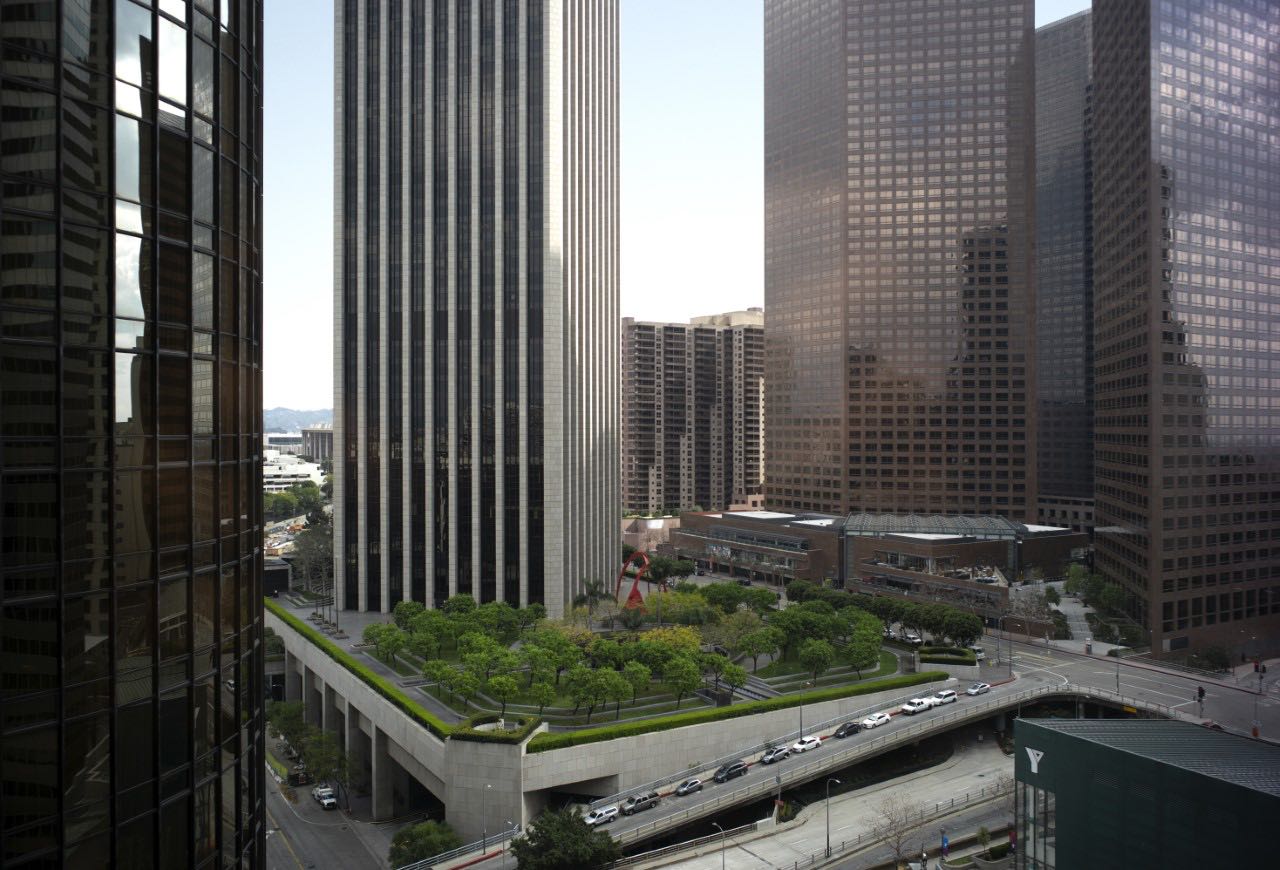PAST TALKS 2022
26 April 2022
Moral and Political Implications
VLADAN KLEMENT
Czech Technical University, Prague
Respondent:
Emma Arnold
University of Oslo
![]()
Cities are built environments. As theorist of architecture, Jan Gehl famously stated, “first we shape cities and then they shape us.” The starting point of this research is based on the philosophical work of Jesse Prinz – in his sentimentalist moral theory, human emotions can be shaped and they are the ground for moral and civic judgments. Is it then possible that the built environment, in the theoretical mix of Gehl and Prinz, shape our moral and civic behavior and judgments in everyday life?Moral and Political Implications
of Urbanism
VLADAN KLEMENT
Czech Technical University, Prague
Respondent:
Emma Arnold
University of Oslo

If built environments (cities) have the ability to impact and reshape our moral and civic behavior, they have then the ability to change our everyday behavior and experience of the world. An important aspect of urban life is the so-called “right to the city” – a concept popularized by Henri Lefebvre, which calls for all the inhabitants of the city with no exception to have full right to their city (participative democracy). Is this still the case with most cities nowadays, or are there cities planned to take control over its citizens and serve the purposes of its governing bodies? My research analyzes differing definitions of normative behavior and prescriptive emotions and offers critical counterpoints
***
Vanishing Lines: Exposing, Recording, and Processing Verticality in Los Angeles
MARINA MONTRESOR
ETH Zurich
Respondent:
Shane Reiner-Roth
UCLA

Starting from these considerations and questioning contemporary analytical and methodological frameworks applied to the study of urban environments, this project investigates verticality in Los Angeles through the exposure, recording, and processing of the strata composing the city. As a multidisciplinary design-driven research, it explores how the city’s depth is experienced, lived, and designed. Pairing historical analysis with survey drawings, maps, and various imagistic accounts resulting from field work, the thesis repurposes and develops existing technologies and recording tools, pursuing cross-cut visions of the city as points of departure for speculative strategies.
Despite its sprawl and dispersion, Los Angeles is one of the densest cities in the US, where the tension between growth and density translates to peculiar forms of verticality: the layers – either physical, legislative, social, or jurisdictional – as well as the experience of the city are explored through the lens of Reyner Banham’s four ecologies (Coast, Hills, Plains, Infrastructure), with the addition of Downtown. As each of these manifest a different instance of stacking in the city, verticality becomes the magnifying prism through which several phenomena that shape urban environments are observed. Together, these five cases create a composite view of Los Angeles, and their intersection generates a unified set of urban horizons complementary to overhead views and the power relationships the latter imply. The presentation will focus on the case study of Bunker Hill in Downtown LA.